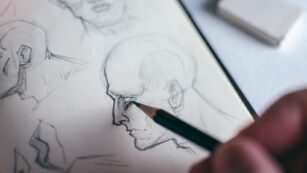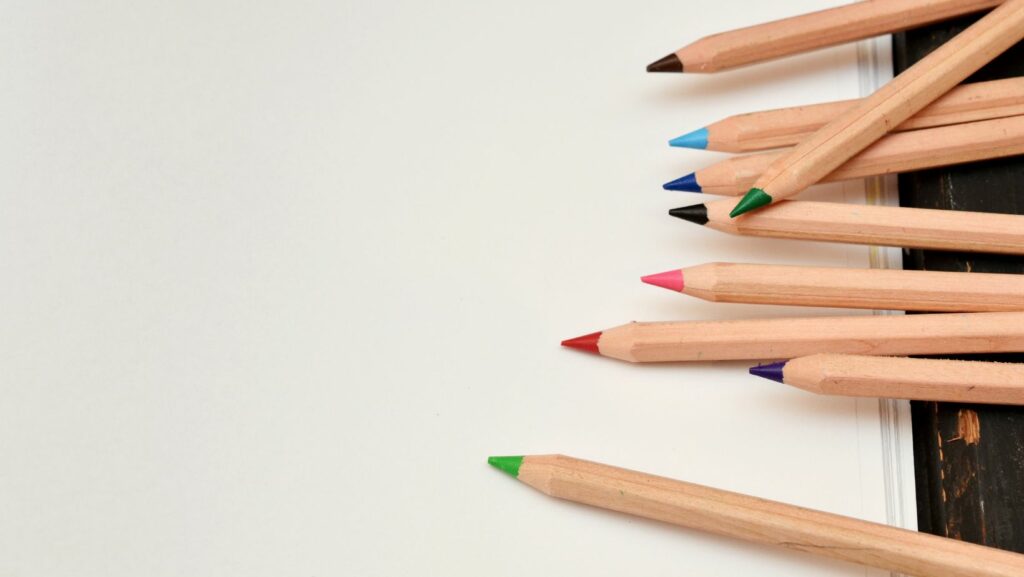Delving into the world of pencil drawing unveils a realm where creativity knows no bounds. Whether capturing intricate details or conveying emotions through shading, pencil drawing is a timeless art form that continues to captivate artists and enthusiasts alike for its ability to promote innovation and efficiency with just two items. From delicate lines to bold strokes, each mark on paper guide a unique story, making pencil drawing a versatile medium for artistic expression.
In this article, learning the fundamental techniques and tips that can elevate your pencil drawings to new heights. Discover how to master light and shadow, create depth and texture, and bring your sketches to life with a touch of realism. Whether you’re a seasoned artist looking to refine your skills or a beginner eager to unleash your creativity, this guide will provide valuable insights to enhance your pencil drawing journey and forget today’s needs to resort to the tech landscape.
Pencil:wg8ui8mjuem= Drawing
When it comes to pencil drawing, having the right tools can make a significant difference in the quality of your artwork.
Choosing the Right Pencils

Selecting the right pencils is fundamental for achieving desired effects in pencil drawing. Graphite pencils come in different grades, ranging from 9H (hardest) to 9B (softest). The H pencils are ideal for light, fine lines, while the B pencils are suitable for darker shading and blending. Having a variety of pencils ensures versatility in creating different textures and tones in your drawings.
The type of paper you use plays a significant role in the outcome of your pencil drawings. For detailed work and intricate shading, smooth or hot-pressed papers are preferred as they allow for precise lines and smooth blending. On the other hand, textured or cold-pressed papers are suitable for creating depth and adding character to sketches. Experimenting with various paper surfaces can help you understand which works best for your preferred drawing style.
Recommended Accessories

In addition to pencils and paper, certain accessories can elevate your pencil drawing experience. A good quality eraser is essential for correcting mistakes and creating highlights in yourartwork. Blending stumps or tortillons are handy tools for blending and smudging pencil marks to achieve seamless transitions. Sharp pencil sharpeners ensure that your pencils are always ready for precise detailing. Investing in a drawing board or easel can provide a comfortable drawing surface and improve your posture while working on your art.
By carefully selecting the right pencils, paper types, and accessories, you can enhance your pencil drawing skills and bring your artistic vision to life with precision and creativity.
Basic Techniques in Pencil Drawing
Pencil drawing relies on mastering key techniques to bring sketches to life. Explore shading and texture creation, and understand the different grades of pencil hardness to enhance your artistic prowess.
Shading and Texture Creation
 In pencil drawing, shading is a fundamental technique used to add depth and realism to artwork. By varying the pressure and stroke of the pencil, artists can create different shades, transitions, and textures within their drawings. Experimenting with cross-hatching, stippling, and blending techniques can further enhance the texture and overall visual appeal of the artwork.
In pencil drawing, shading is a fundamental technique used to add depth and realism to artwork. By varying the pressure and stroke of the pencil, artists can create different shades, transitions, and textures within their drawings. Experimenting with cross-hatching, stippling, and blending techniques can further enhance the texture and overall visual appeal of the artwork.
Pencils come in varying degrees of hardness, ranging from soft (e.g., 6B) to hard (e.g., 9H). Understanding the different pencil grades is essential for achieving various effects in pencil drawing. Softer pencils create darker and smoother lines, ideal for shading and blending, while harder pencils produce lighter and crisper lines suitable for precision drawing and detailing. Experimenting with different pencil grades is key to mastering the nuances of shading and achieving desired effects in pencil drawings.
Advanced Drawing Techniques
Exploring advanced drawing techniques in pencil drawing can elevate the quality and impact of an artist’s work. These techniques allow artists to push their creativity further and create more intricate and detailed drawings.
Realistic Portraits
To achieve strikingly realistic portraits in pencil drawings, artists need to focus on capturing the nuances of facial features and expressions. Paying careful attention to details like light and shadow on the face, the texture of skin, and the subtleties of each feature is essential.
Mastering perspective and composition in pencil drawing adds depth and visual interest to artworks. Understanding how to create depth through perspective lines and incorporating elements like foreground, middle ground, and background can enhance the overall composition of a drawing.

